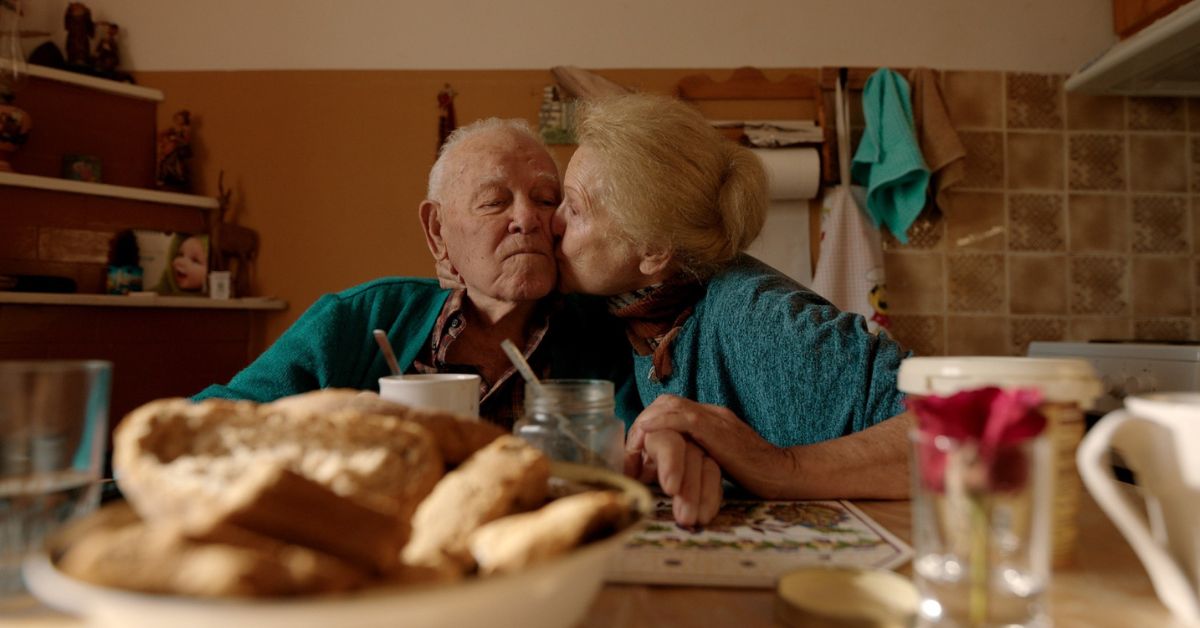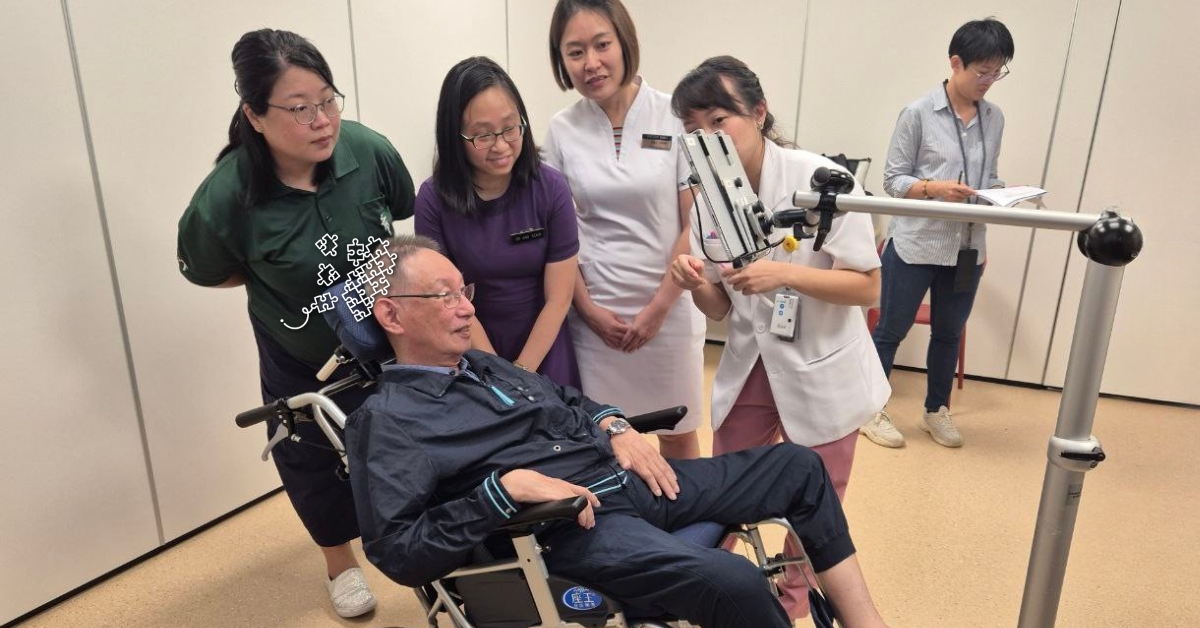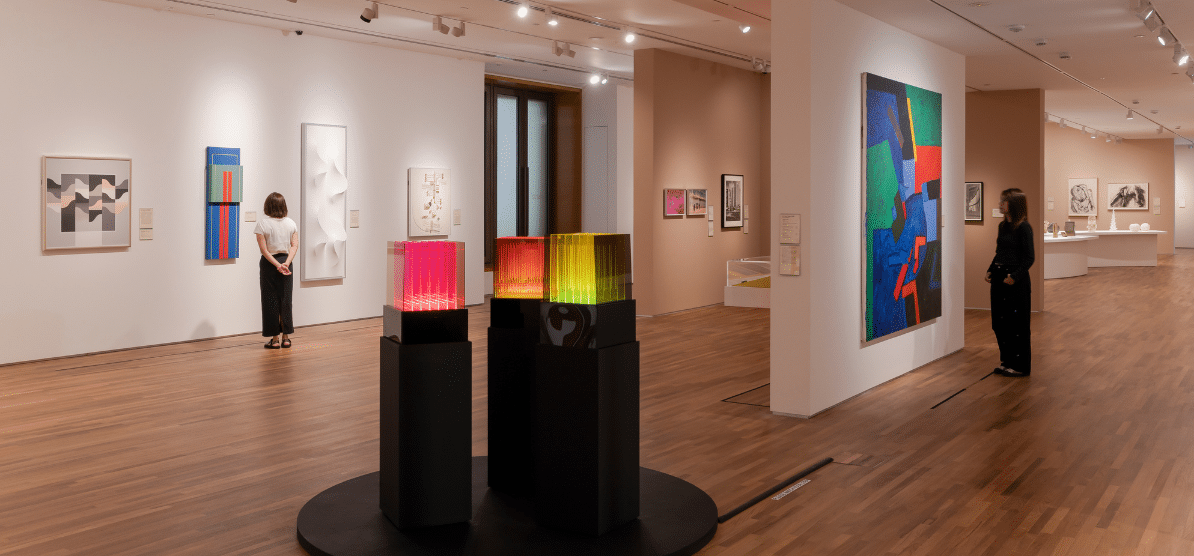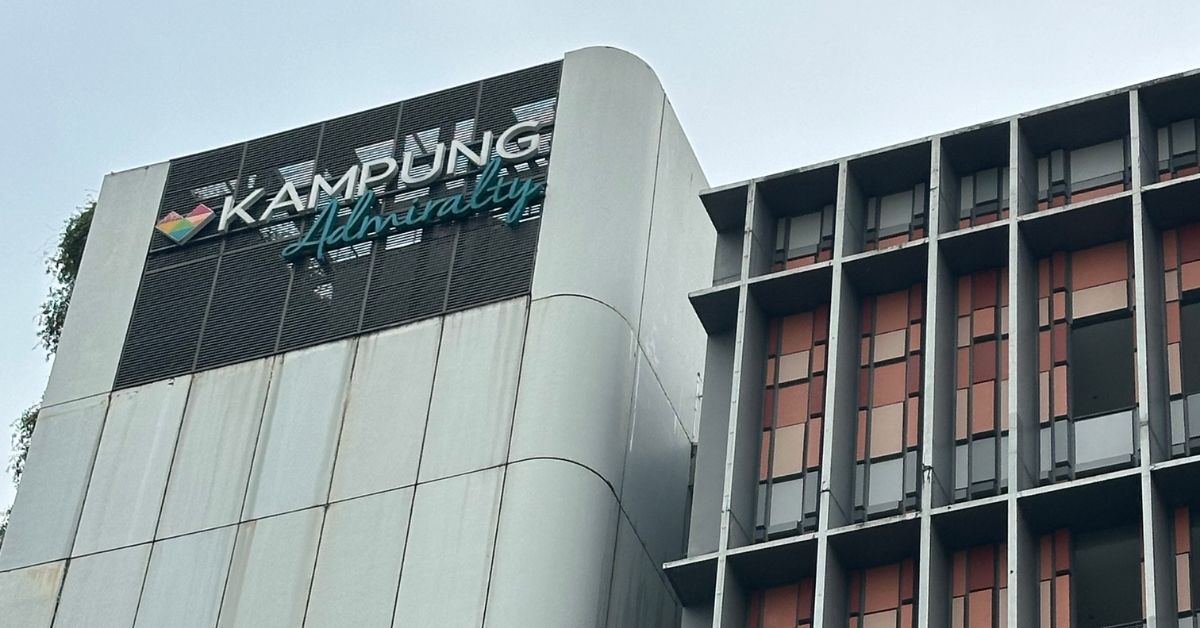
Built in 2017, Kampung Admiralty is the first integrated housing complex in Singapore for seniors that brings together a wide range of amenities and services. Aside from 100 studio apartments for elderly residents, this modern kampung contains an active ageing centre, a medical centre, a childcare centre, a hawker centre, as well as various food and retail outlets.
With Singapore now the newest “blue zone” country (a country where people live longer and healthier as compared to the global average) with a rapidly growing ageing population, more creative housing solutions for seniors such as Kampung Admiralty are needed.
Kampung Admiralty was designed by Housing & Development Board (HDB) as a “‘vertical kampung’ to promote active living for Singaporeans in their silver years”, so as to be “a model for future public housing”. The former Prime Minister Lee Hsien Loong also lauds it as “an integrated housing estate designed for senior citizens” in his 2018 National Day speech.
The idea of Kampung Admiralty is certainly popular, as it won a variety of national and international architectural awards for its sustainable and intelligent design in the urban setting.
However, did it fulfil its original vision? Now seven years on, SilverStreak speaks to the pioneer batch of residents at Kampung Admiralty, who moved into this integrated complex right after it was open for housing and have lived here for over seven years.
Advertisement
Kampung Admiralty residents share their thoughts
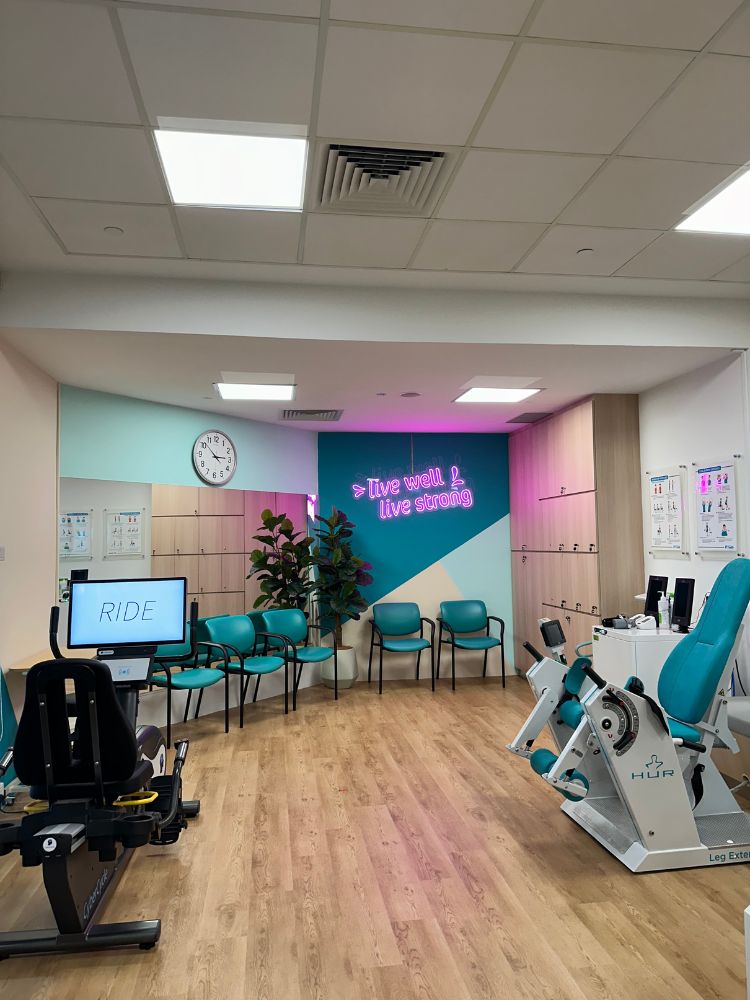
70-year-old Heng Gee Choo and his 66-year-old wife Sie Gik Moi used to live in Marsiling and read about Kampung Admiralty in the newspaper one day.
We found it hard to imagine living in such a good place after retirement,
says Gee Choo.
Ever since then, they had been paying attention to this ambitious project. After their children moved out of the house, the couple applied for housing at Kampung Admiralty.
The studio apartment is larger and wider than they expected, yet comfortable enough for two and small enough to maintain easily.
The couple is satisfied with the convenience integration brings – the three nearby supermarkets come in handy when they need to buy groceries; their second grandchild had an enjoyable experience at the childcare centre, which helped them with “grandparent duties”.
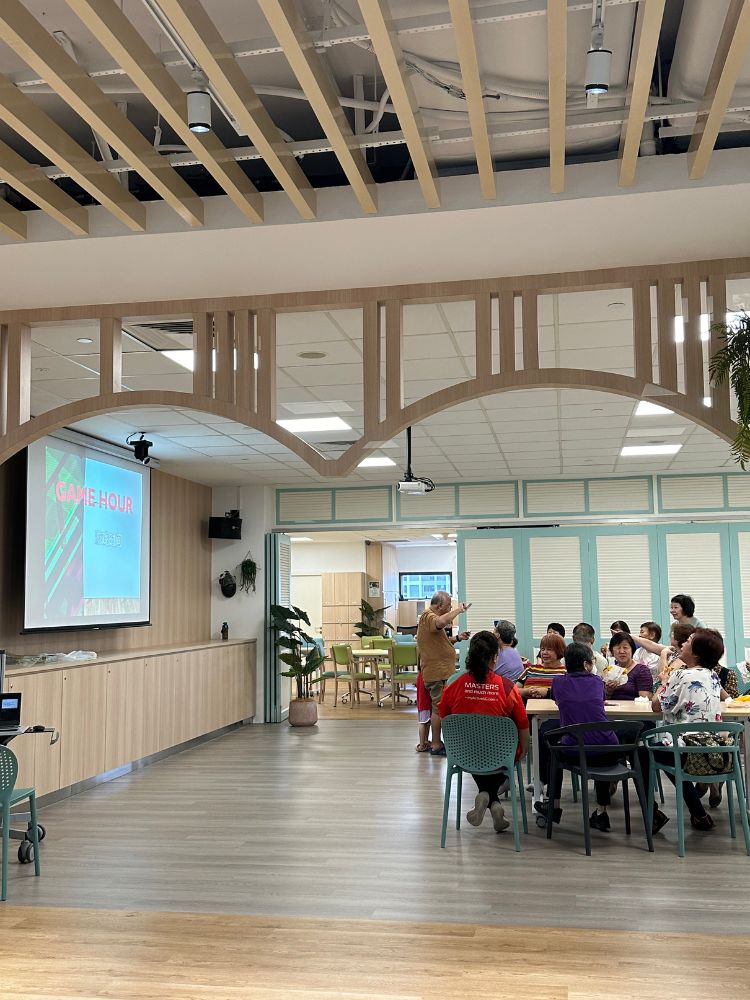
Their favourite thing about Kampung Admiralty is the NTUC Health Active Ageing Centre (Care), also known as the AACC, where they now visit every day for classes.
While Gee Choo regularly volunteers at the AACC in teaching other seniors robotics coding and glockenspiel (a percussion instrument), Gik Moi volunteers to cook for the centre’s communal dining.
Meanwhile, they actively took part in exercise programmes (currently suspended due to renovation) organised at the community plaza on the ground level of Kampung Admiralty. At the peak, the number of senior participants of these programmes was over 100 each.
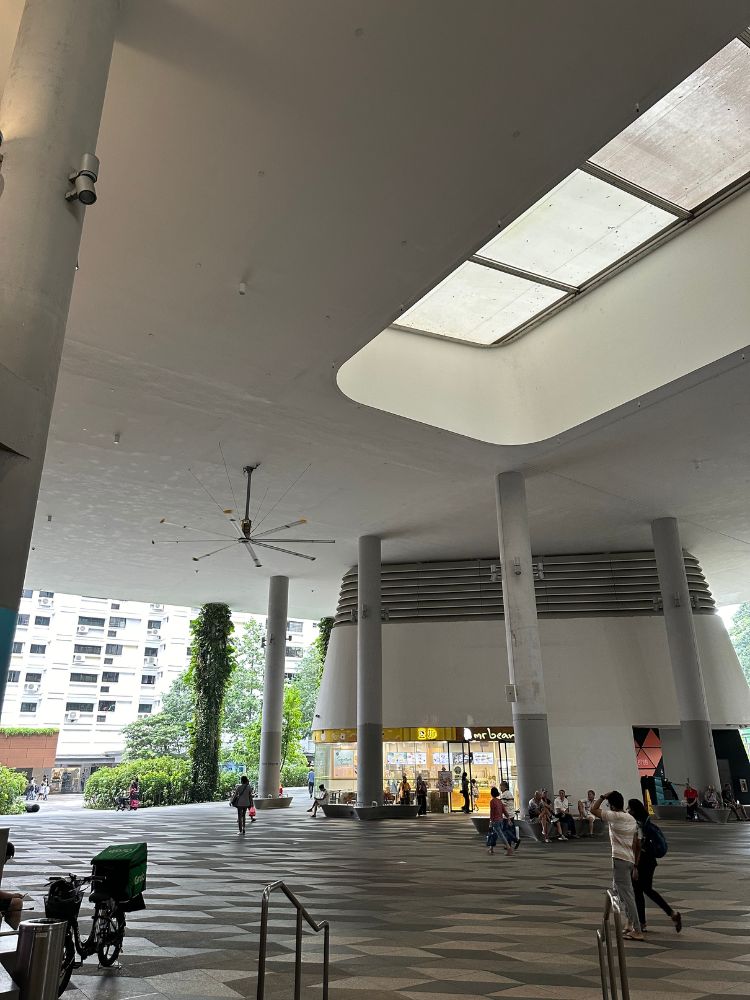
We definitely made the right choice to move here,
the couple says.
Another couple, 74-year-old Wong Mimi and 75-year-old Ho Soh Wah, share this feeling. They are both frequent visitors of the AACC – Mimi is now a senior volunteer for Nagomi Art and Soh Wah is actively involved in ukulele classes and performances.
They describe the changes at Kampung Admiralty over the years as “all good” since the place has become ever more convenient.
The couple used to stay opposite the complex, and they knew the project after they saw the construction work.
There are a lot of differences between life at our old house and this one,
the couple says.
"There are many more things to do, including the classes, and we make more friends here."
Areas of Improvement at Kampung Admiralty
Though in general contented living at Kampung Admiralty, both couples pointed out several areas of improvement for this retirement village.
A lot of the stores downstairs are expensive and are not for the elderly, but admittedly they attract the young and then different generations can mingle,
Gee Choo says.
The food at the hawker centre here is expensive and prioritises taste over healthiness,
he adds.
"But seniors pay more attention to health."
Mimi and Soh Wah, on the other hand, hope there can be enhanced monitoring of public spaces to minimise potential disturbance to residents.
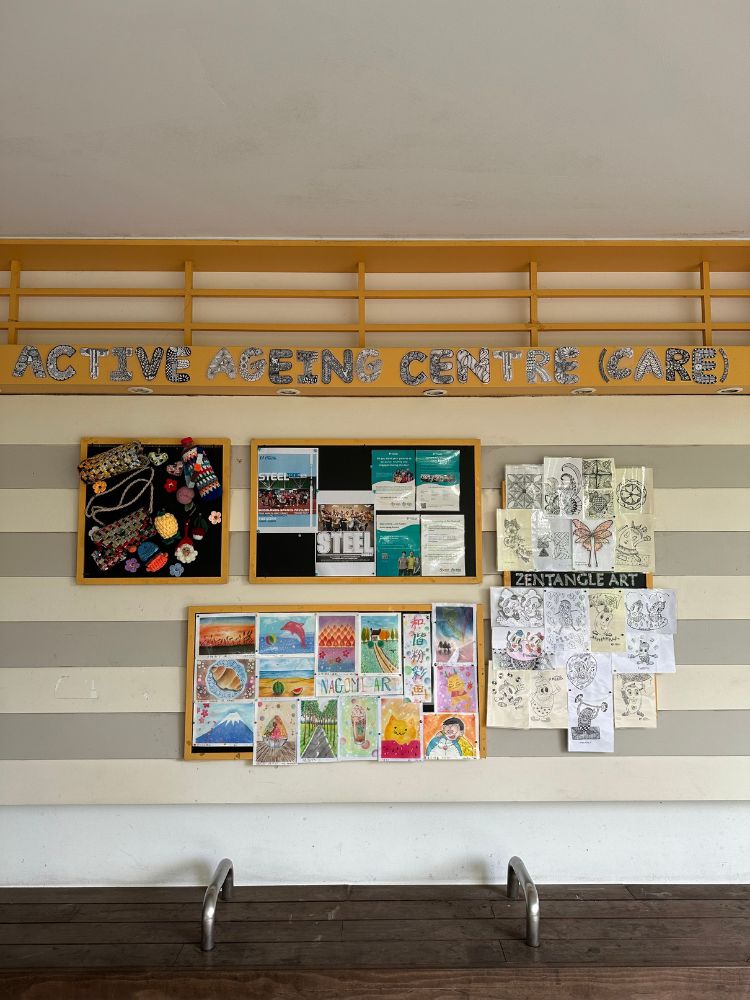
Overall, the couples note that their opinions of Kampung Admiralty are comparatively more representative of seniors who have already retired than those still working, with the latter making up more than half of the building’s residents.
Kampung Admiralty from another angle
78-year-old Wong Chaing Hor holds very different views from the two couples. Unlike them, Chaing Hor claims that he had no choice but to relocate when his old flat was slated for redevelopment.
He used to live in Woodlands near the checkpoint area and admits that, environment-wise, Kampung Admiralty is much better. However, he is largely unsatisfied overall with what this award-winning project could offer.
To him, the medical centre and the childcare centre, though integrated, are not that different from those elsewhere. This, in fact, reflects Chaing Hor’s opinion of Kampung Admiralty as a whole.
He eats at the hawker centre only occasionally. He also seldom takes part in activities at the various community centres, including the AACC.
The former taxi driver wishes to find work, yet not menial jobs like dishwashing and floor sweeping, which constitute the majority of what the recruitment centre at Kampung Admiralty can offer, according to him.
Empowerment opportunities at Kampung Admiralty
Yuen Kum Yeng Doris, 64, is another one of the pioneer residents, who worked for the Ministry of Education (MOE) as a grassroot leader before she retired three years ago. The rooftop garden at Kampung Admiralty was suggested by her and other grassroot leaders during the building’s brainstorming stage.
Now, Doris is in charge of taking care of the rooftop garden.
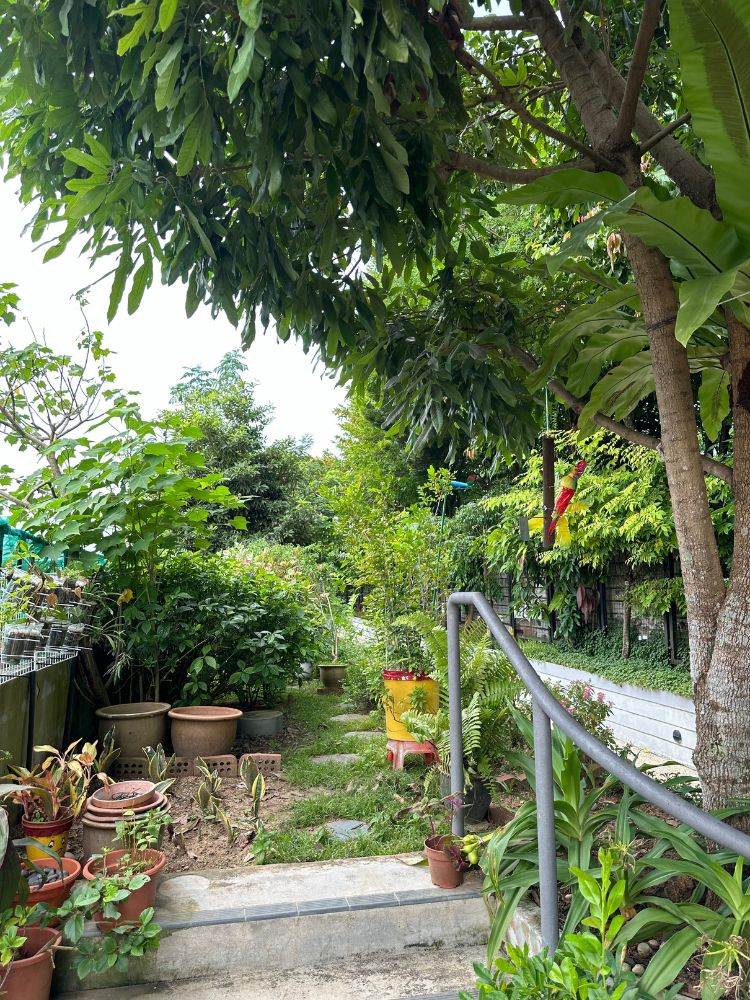
I plant vegetables in the garden and share them with neighbours and the senior centres,
she says, enthusiastically.
The garden will take part in the 9th Singapore Garden Festival this August.
An extrovert, Doris would knock on her neighbours’ doors to exchange contacts and make friends when they first moved in. She also regularly organises outings within her friend group.
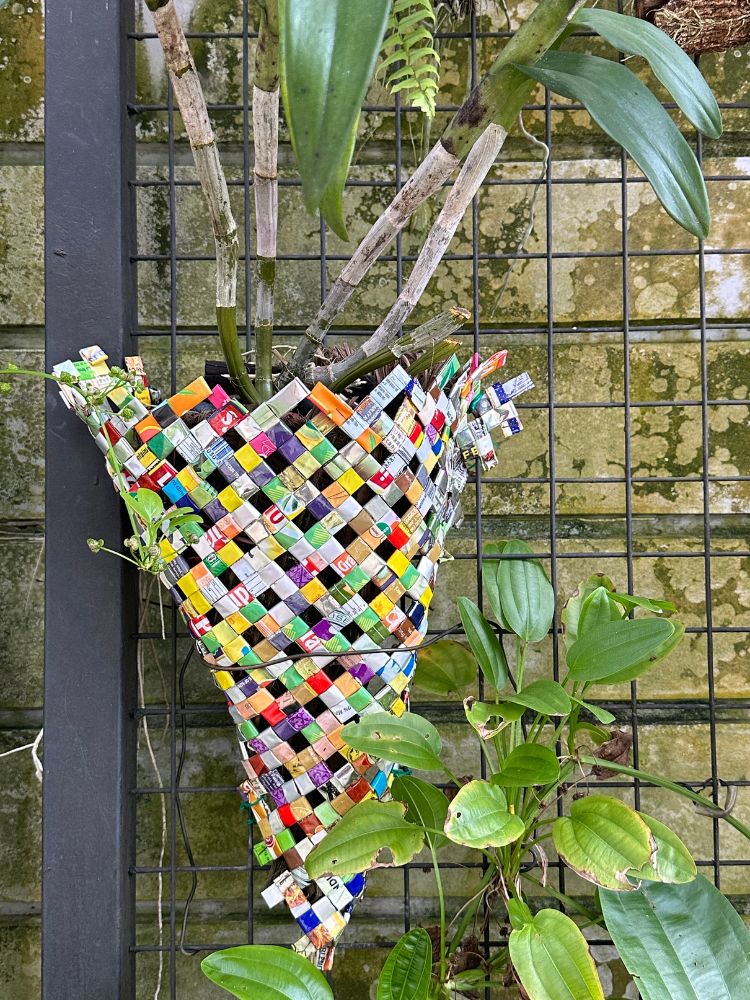
It is easy to go anywhere from Kampung Admiralty. The medical centre here is decorated ‘home-like’ and I feel comfortable there. Most importantly, my neighbours are all of the same generation and it is easy to communicate with them,
she says.
"My son wants me to move to his house but I don’t want to lose my friends."
Madam Mariam (who declines to give her full name), 73, is one of Doris’ friends. She has always been invited by the latter to take part in different activities.
Since she used to live near Macpherson, Madam Mariam was quite new to the Kampung Admiralty area at first, as compared to a lot of residents who used to live nearby. Yet, people like Doris actively helped her get familiar with the environment.
I was a very quiet person back at Macpherson; now I am more outgoing and I’d talk more to people,
she shares.
When asked about opinions on Kampung Admiralty overall, Madam Mariam – who describes herself as an “anything-goes” kind of person – says that everything is good and she enjoys her life at the complex.
Doris, on the contrary, comments that not all her needs are satisfied, though Kampung Admiralty is admittedly a nice place to live in.
She points out that there is no house maintenance service provided by the management, and residents need to get their own contracts, which usually charge high for apartments.
She also wishes that the government can paint the building more colourfully, just as they did on many HDB blocks.
I don’t want passersby to think it’s a place where old people live,
she says.
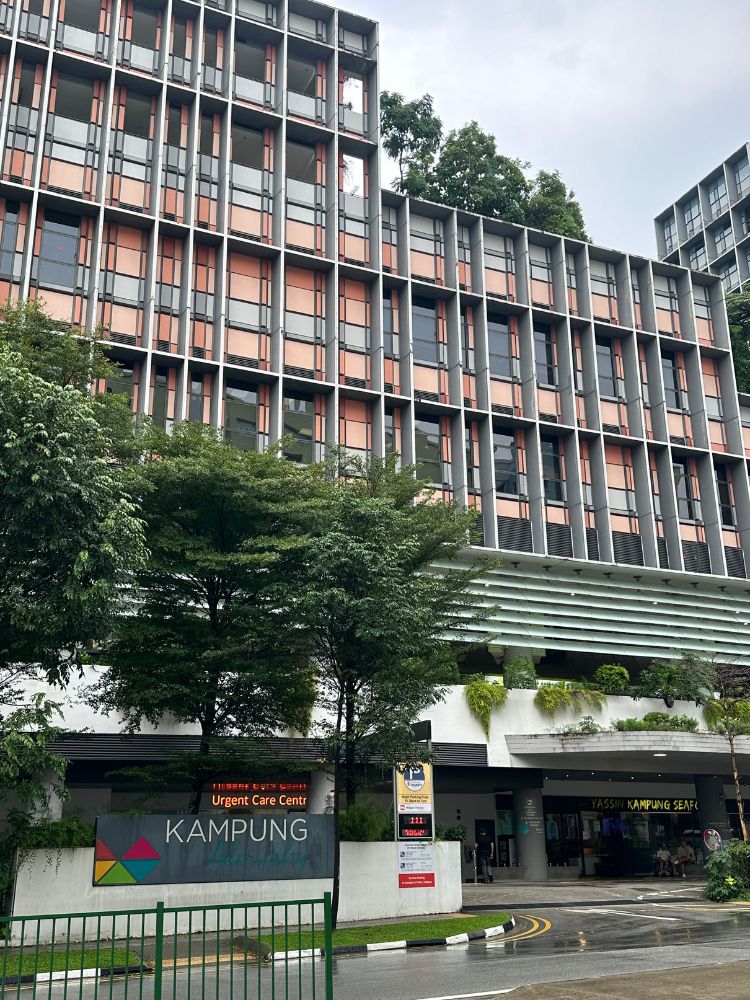
Based on our conversations with the pioneer residents, a few observations can be made. Firstly, Kampung Admiralty does seem to facilitate the forming of friendships between residents of all personality types.
However, it seems that the reason why residents move into Kampung Admiralty can also impact their view of the development. Those who chose to reside here seem to be more positive about it meeting their needs.
Retired seniors are more likely to feel satisfied about Kampung Admiralty, because they have more time and energy to explore its various facilities and amenities as well as the weekday-only classes and activities offered by the AACC – which are important to the pioneer residents who gave positive reviews.
That said, though many of the seniors interviewed welcomed the mingling of different generations in a single development, they also expressed concern that their needs might not be adequately catered for.
Serving a diverse population of seniors all with different needs and wants, Kampung Admiralty managed to largely fulfil its mission of being an integrated housing development that can be the template for future retirement villages.
Be it the needs of senior full-time workers or the range of value-added services it should provide, this development yields no shortage of lived experiences for policymakers to consider in the future.


